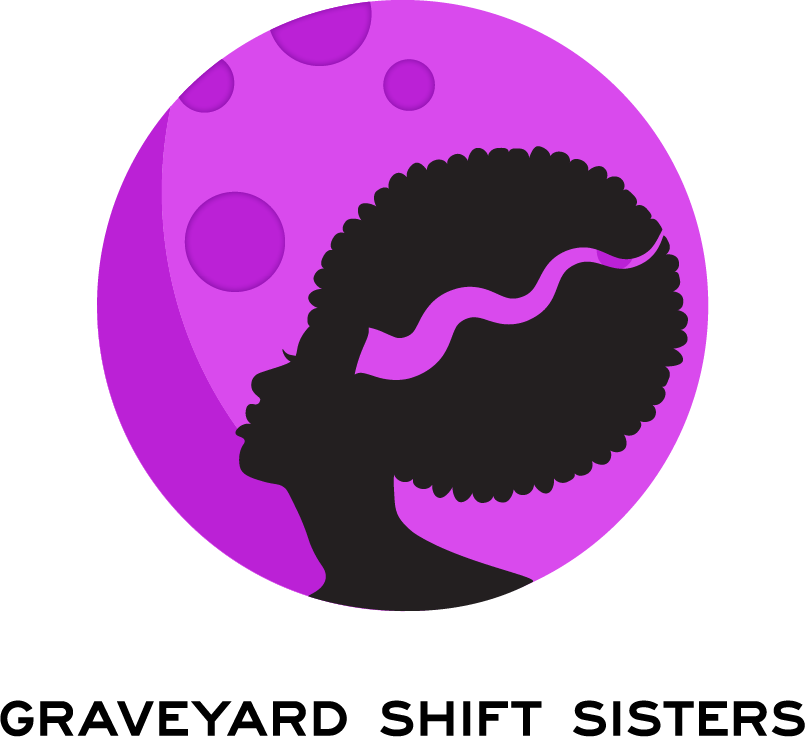Old Dracula (1974) Review
In similar fashion, a light horror comedy out of England originally titled Vampira was changed into a more catchier title for the United States, Old Dracula or, Old Drac in order to place it in the camp of Young Frankenstein (1974). Flatly, the film's tagline read, "If You Liked 'Young Frankenstein' You'll Love 'Old Dracula'!" Distributed by American International Pictures (AIP) in 1975, Old Dracula was written by British comedy writer Jeremy Lloyd (Are You Being Served?) and directed by Clive Donner, noteworthy for the film's tone immersed in English sensibilities.
Dracula keeps his Transylvanian castle open to tourists for their spectacle and his benefit in hope to find a rare blood type that will revive is slumbering love, Vampira. When a group of diverse (er, one Black model), Playboy models make their visit an overnight affair, he finds the blood type he's been searching for. However, when the blood successfully brings Vampira back to life, it turns her from white to a Black.
The film's title itself, old Dracula is a play on the title character's reluctance to accept the times he's in. With Vampira (played by the lovely Teresa Graves) transitioning to a deep brown complexion, expressing he is a bit thrown off is an understatement. The umbrella of this narrative is that it's a commentary on the often mixed feelings people have in their dealings with race. Dracula's reaction doesn't necessarily conjure cross burnings (pardon the pun) but we don't quite see him embrace this happenstance with open arms. While Dracula tolerates Vampira's new look, style, and slang he fails to understand, he remains on a quest to "correct" this accident as if her new identity as a Black woman is 1) something less than desirable and 2) erases her agency in the decision of what she finds valuable.
While Vampira immediately takes to her new complexion finding it "beautiful," her new found vibrancy for this fact and lust for life so to speak is in stark contrast to Dracula's antiquated ideologies. Dracula's insists he'll fix this mistake while Vampira inquires, "Why can't I stay this way?" in which he responds without hesitation, "People might talk." Dracula woefully undermines the beauty in black bodies and attached are the trappings of his collusion with social sanctions that frown upon interracial romance. The action depends heavily on Dracula's pro-active antics in order to bring his Vampira back with the "right" blood. Dracula is lovelorn for the Vampira he knew, not who she's become.
Growing restless with Dracula's objections but still willing to do his bidding, she acts in both resistance and under his authority; recklessly biting a neck or two, hooking up and running Dracula's errands, all while planning an outlandish outcome that positions her in a space of autonomy and superficial cleverness that is probably part of a rather controversial twist at the end of the film that I believe, for the context of this narrative, fits perfectly.
Described as "racist" and generally panned, it is unfortunate Old Dracula isn't given more credit for what it unpacks for discourse rather than its highly subjective camp. Although I do believe Old Dracula to be a shallow good time, it equally wants to engage in the tasteless, critical reactions to race and race relations post- American Civil Rights. Old Dracula falls right into the residue of the 1960's that blended in and morphed with a brand of the carefree partying portion of the 70's. It is only "racist" in Dracula's concepts of beauty and what makes someone "pure", not in Vampira's use of slang and motives. He is the resistant agent and she is the catalyst for what he would have to eventually come out of the coffin and castle to confront: a whole, big world that within such a short period of time, would have massive cultural and political effects that would ripple for generations. Even in 2015, it continues to do just that.

